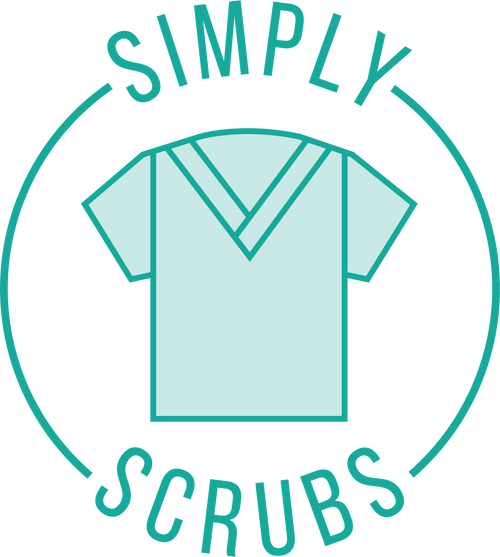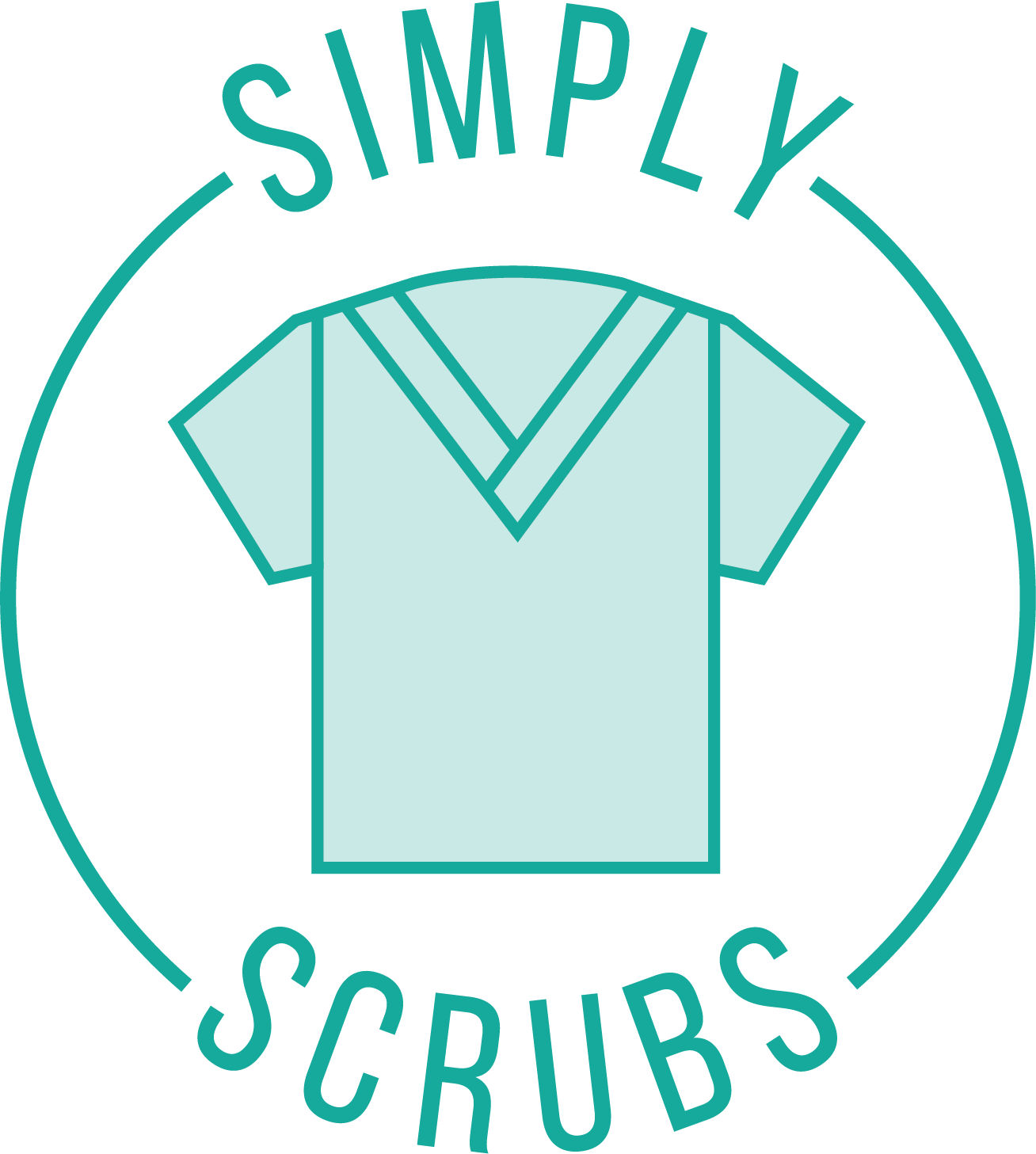
Keeping your work scrubs fresh and clean is essential in healthcare.
Our helpful guide will show you how to properly wash, disinfect, and deodorise your medical scrubs using various methods, such as washing detergent, vinegar, and other solutions.
Follow these tips and tricks to keep your scrubs looking fresh, smelling great, and, most importantly, free of harmful pathogens.
Before washing your scrubs
Read the care label before washing your scrubs for instructions on water temperature and detergents to use. Some scrubs may be machine wash, while others prefer that you hand wash.
Separate your colours from dark scrubs to light scrubs; this reduces the risk of dye transfer and keeps your scrubs looking their best.
Don't wash your casual clothes with your work scrubs to avoid accidental contamination.
Washing your scrubs for the first time
When you first get your nursing scrubs home, put them through a hot water cycle in your washing machine at around 60 degrees Celsius.
This temperature is best for cleaning fabrics without causing significant shrinking or fading. To help set the colour of your scrubs and keep the fabric feeling soft, add 1/4 cup of white vinegar to the load.
Using vinegar in the wash can help to remove tough odours, kill bacteria, and brighten colours.
Incorporating vinegar washing into your regular washing routine can help extend the lifespan of your scrubs and keep them looking and smelling fresh.
Best ways to wash your scrubs
These methods are the most effective ways to get your scrub uniforms clean and looking fresh. By following them, you can ensure that your clothing will be hygienic and safe to wear:
Washing scrubs with vinegar
White vinegar mixed with water is a multi-purpose, eco-friendly solution often used as a natural alternative to traditional softeners in Aussie homes.
With just a tiny amount (120ml) of white vinegar added to the fabric softener dispenser in your washing machine, you can enjoy softer clothes and eliminate nasty odours. Here's how:
1. Mix 1 cup of white vinegar with 4 litres of water in your laundry sink or a small bucket.
2. Soak the scrubs in the sink or bucket with the vinegar solution for 30-60 minutes.
3. Rinse them thoroughly with cold water to remove any remaining vinegar residue.
4. Wash your scrubs in a gentle wash setting with a warm water setting and mild washing detergent.
5. Hang or lay your scrubs flat to dry, avoiding high heat from a dryer.
Note: When you have stubborn stains, spot-treat them with vinegar before soaking the garment. Some scrubs may not be suitable for vinegar washing, so check the care label before use.
Washing scrubs with regular washing liquid
Liquid detergents are an excellent choice for fast dissolution and minimal residue. Select a high-quality detergent suitable for the fabric your scrubs are made from, and follow these steps:
- - After treating stains with colour-safe stain remover, perform the first wash using regular detergent and chill water.
- - Turn your scrubs inside out and set the washer to a regular cycle.
- - Make sure that the load size is set to big even if your scrubs' actual load size is small so they can have lots of room to move around.
- - After the first wash, check your scrubs for any remaining stains before proceeding to the second wash cycle.
You may also choose detergent with a built-in disinfectant to ensure extra cleanliness.
Disinfectant for enhanced hygiene
Adding disinfectant to your washing routine effectively ensures your scrubs are thoroughly clean and free of harmful microorganisms.
Look for a laundry disinfectant designed explicitly for fabric use, as household disinfectants can damage your scrubs or irritate your skin.
Add the recommended amount of disinfectant to the fabric softener dispenser or, if you're hand-washing, mix it with water and soak your scrubs for the duration.
The benefits of oxygen bleach
Another useful addition to your washing routine is oxygen bleach, a colour-safe, chlorine-free bleach that effectively removes stains, brightens fabrics, and aids in disinfection.
Add the recommended amount of oxygen bleach to the detergent dispenser or directly to the water if hand-washing, and follow the manufacturer's guidelines for use.
How to dry your scrubs
To dry your scrubs, you have two options: Use an air dryer or a tumble dryer.
Air-drying your scrubs is more environmentally friendly, but it may not suit those in humid locations like tropical Queensland, the Northern Territory and Coastal areas of Western Australia.
If you are using a tumble dryer, select the lowest heat setting recommended on the care label to prevent shrinkage and damage to the fabric or consider using dryer balls to speed up the drying process and reduce wrinkles.
Ironing your scrubs
If your scrubs are made of a material that requires ironing, use the recommended temperature setting for the fabric type.
Ironing keeps your scrubs looking professional and helps to disinfect them further, as the heat from the iron can kill lingering bacteria.
Regular care of your scrubs
Establishing a routine for washing and caring for your scrubs ensures that you always have clean, hygienic clothing available for your work shifts.
Washing your scrubs after every use is essential, and you may want to have multiple sets to allow for rotation between washes.
This not only helps maintain a professional appearance but also contributes to the overall cleanliness and safety of your workplace.
Remember to always adhere to your workplace's scrub maintenance and laundering guidelines, as they may have specific requirements for optimal hygiene and cleanliness.

